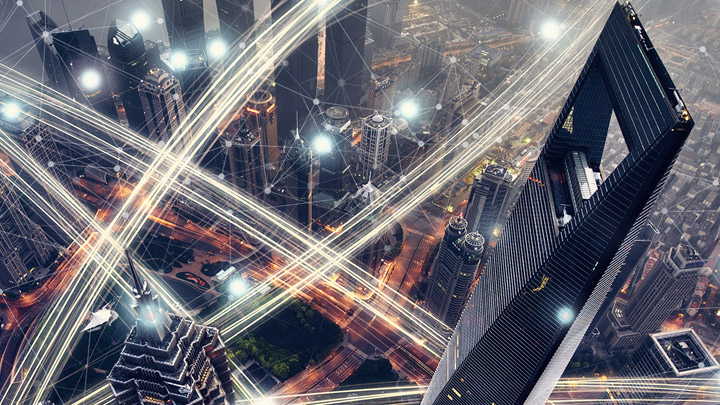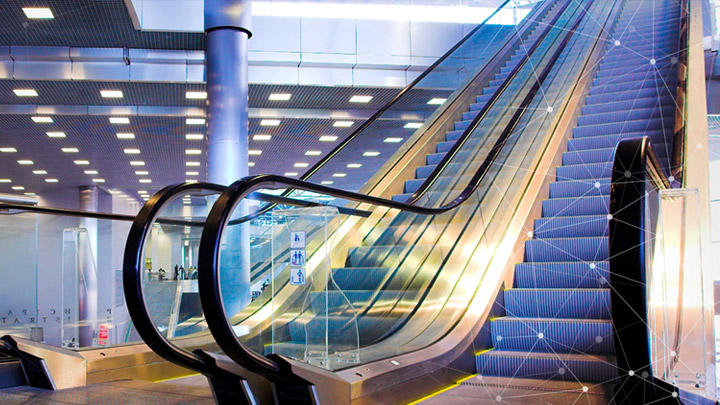We live in a world of “hyperconnectivity”, which is a term invented by Canadian social scientists Anabel Quan-Haase and Barry Wellman (source) in 2001. Think of how digitally interconnected we are to the physical world around us.Beyond the smartphones, tablets, and computers we use each day, there are countless smart sensors in the cars we drive, the places we work, and the communities we live in.
For the lighting industry, and especially in commercial applications, Internet of Things (IoT) has brought forth a plethora of smart lighting solutions with the promise of greater energy savings and future capabilities (e.g. indoor positioning) that can transform how we transform our work space. While the benefits are exciting, the smart lighting journey can be intimidating and confusing. If you take the wrong turn, you may end up with one of the three undesirable outcomes that my colleague Al Marble explained in his LEDs Magazine webinar from May 30 2018. If you are a lighting designer or specifier, can you afford to design a smart lighting system that has high risk of incompatibility, largely unanticipated operating cost, or a proprietary solution that looks like an island paradise?
To address these pitfalls, the lighting industry is converging toward a common set of standards with respect to lighting control, power metering, and asset tracking. Advances in digital LED driver technology supporting bi-directional data communication are gaining prominence in smart lighting fixture design over conventional lighting control technology (e.g. 0-10V). As the diagram below illustrates, there are several important benefits of having a digital LED driver. The main advantage being there is a more comprehensive set of lighting parameters that can be precisely controlled. By working closely with standards organization such as American National Standards Institute (ANSI) and Digital Illumination Interface Alliance (DiiA), which is a global consortium that aims to grow the market for lighting-control solutions based on Digital Addressable Lighting Interface (DALI) technology, Signify is contributing to the definition of the next-generation, open-standard digital interface between the digital LED driver and lighting sensors or controls.

North American Product Marketeer – Connected Lighting
Signify

Every light a Bluetooth beacon
Bluetooth technology embedded in light fixtures will spark massive adoption of smart lighting, enabling rapid setup using a smartphone app.

Using light to manage space
Connected LED lighting is an obvious way to meet sustainability compliance and the investment pays for itself.

What does smart lighting mean for the future of emergency lighting?
Emergency lighting systems for commercial buildings typically do not get the attention they deserve.